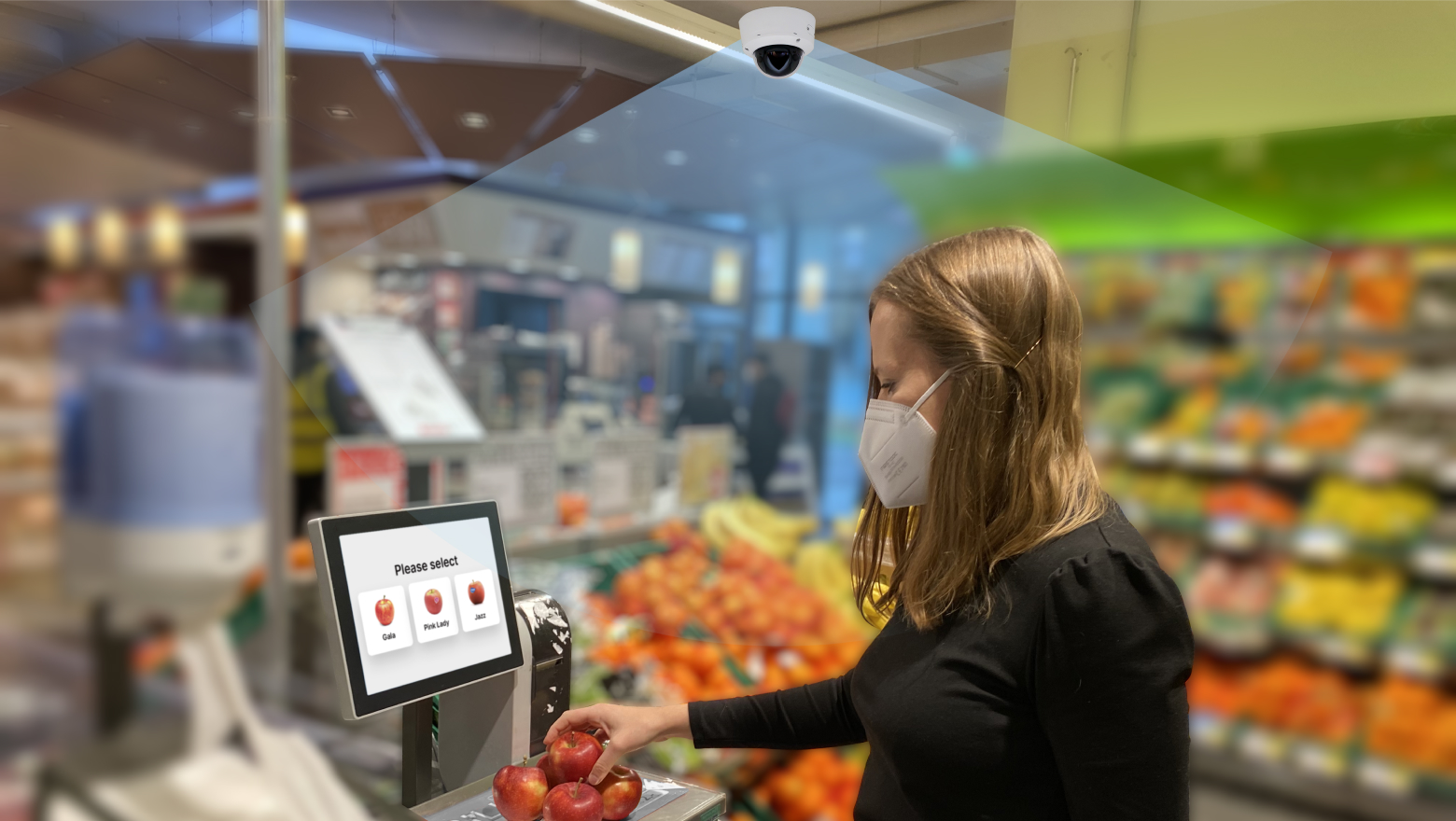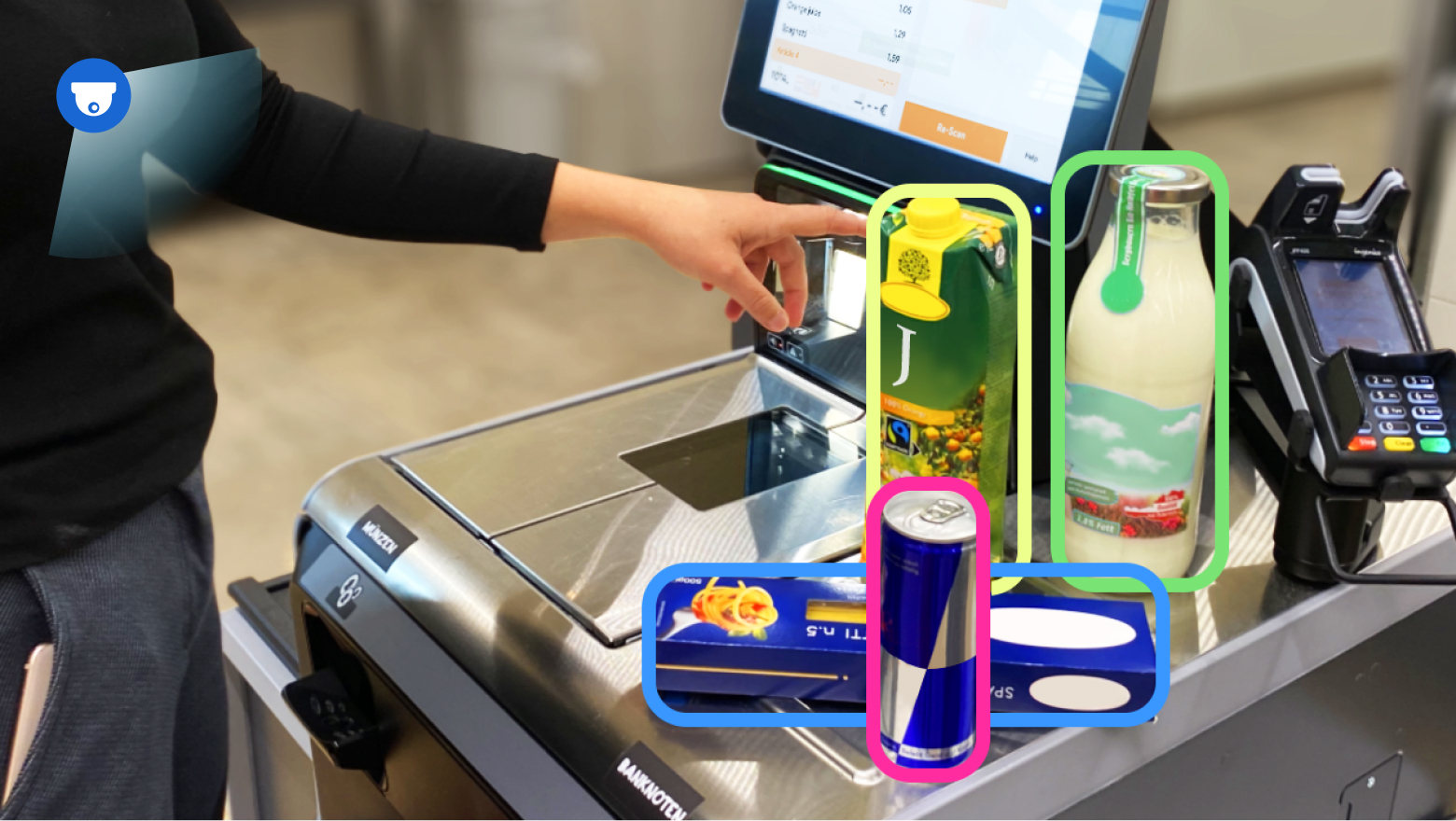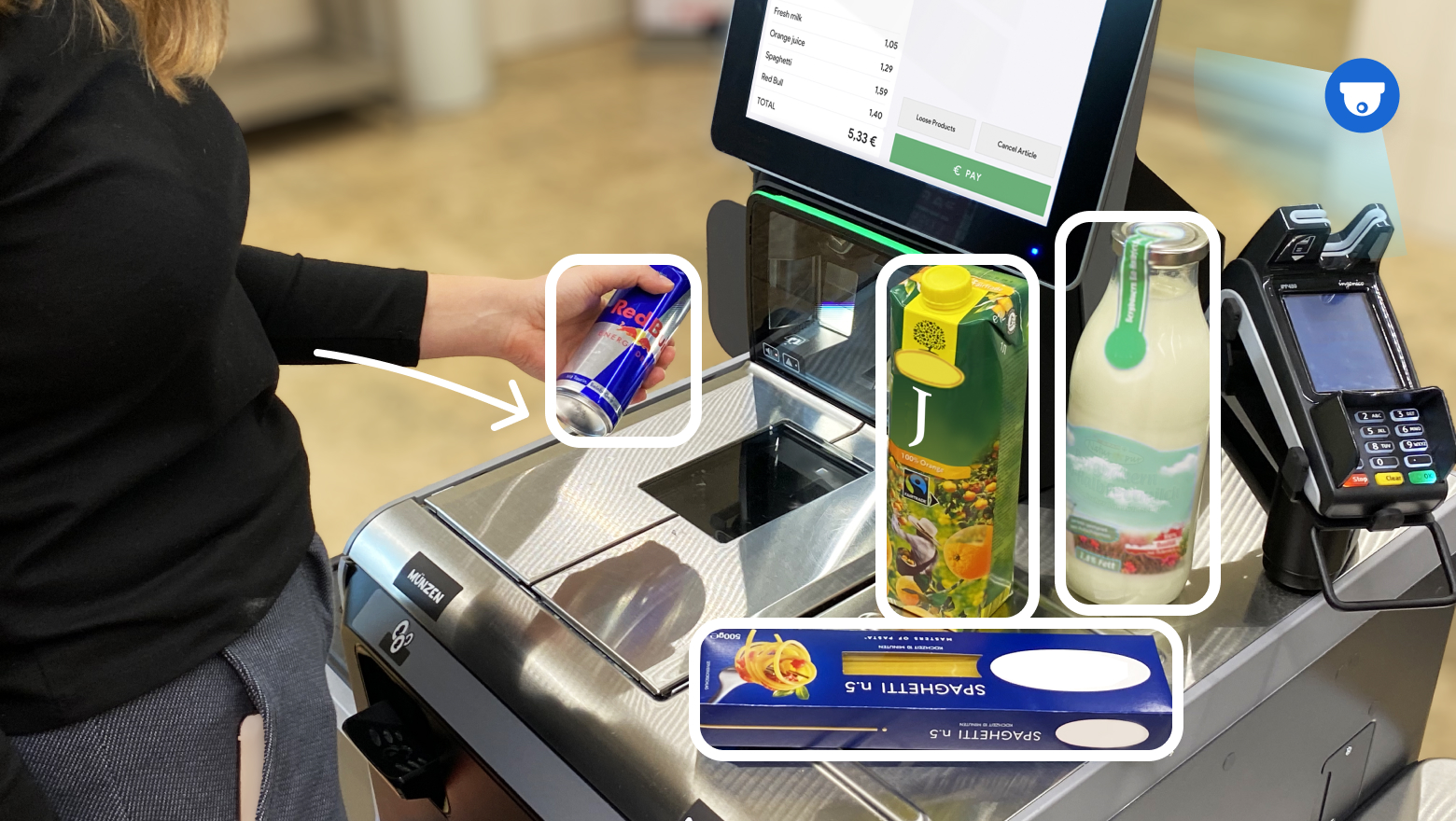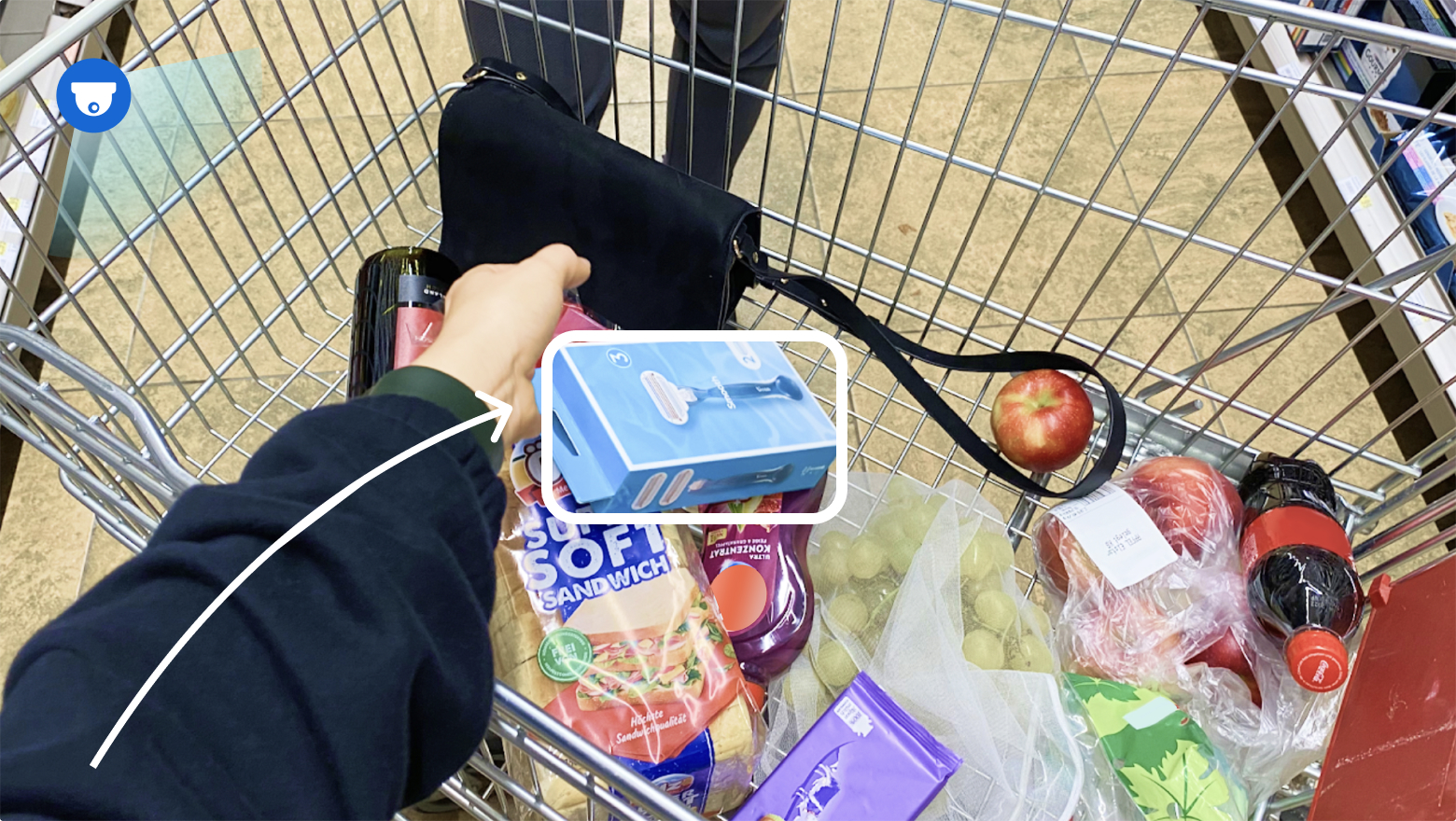Artificial Intelligence (AI)
Artificial Intelligence is a set of algorithms which simulates human-like intelligence
Image Classification
A process in which the AI assigns categories within images based on its relevancy
Object Detection
The AI localizes objects within an image and identifies them into categories
Multi-Object Tracking (MOT)
AI tracks multiple products that are seen within a video
Action Recognition
Classification of any activity of a person or a group of people based on video sequences of their actions
Data Anonymization
AI technology removes all personal identifiers as well as private or confidential data






